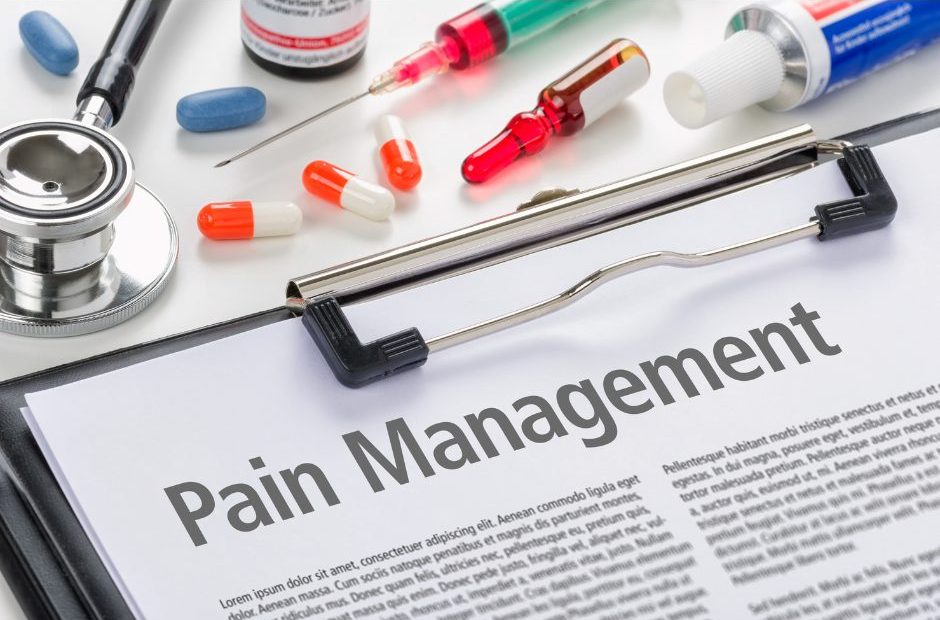The Intracept Procedure: A Revolutionary Solution for Chronic Low Back Pain By Dr. Edward Rubin,…

Can PTSD Cause Chronic Pain? Understanding the Connection.
Can PTSD Cause Chronic Pain? Understanding the Connection
By Edward Rubin, MD
Post-traumatic stress disorder (PTSD) is commonly associated with emotional and psychological symptoms following a traumatic event. However, its impact can also extend to physical health, including the onset of chronic pain. As a pain management specialist, I often see patients where chronic pain and PTSD are intertwined, affecting their quality of life significantly. Understanding the link between these conditions is crucial for effective treatment and management.
The Link Between PTSD and Chronic Pain
PTSD is a condition triggered by experiencing or witnessing a traumatic event. This can lead to severe anxiety, flashbacks, and emotional distress. Interestingly, research shows that PTSD not only affects mental health but can also lead to physical symptoms like chronic pain. The exact mechanisms behind this are complex and involve both physiological and psychological factors.
One theory is that the heightened state of alertness and chronic stress associated with PTSD can lead to muscle tension and pain. Over time, this constant tension can develop into chronic pain conditions such as fibromyalgia or chronic back pain. Additionally, the stress response in PTSD can exacerbate inflammation in the body, which can further contribute to ongoing pain.
Symptoms and Diagnosis
Patients with both PTSD and chronic pain may experience a range of symptoms, including but not limited to persistent pain, fatigue, sleep disturbances, and a heightened pain response to physical stimuli. Diagnosing these interconnected conditions requires a careful evaluation of both mental health and physical symptoms. It often involves consultations with both pain management specialists and mental health professionals.
Treatment Approaches
Managing chronic pain associated with PTSD requires a comprehensive approach. Treatment plans often include both psychological therapies and physical pain management strategies:
Psychological Therapies: Cognitive-behavioral therapy (CBT) and other forms of psychotherapy can be very effective in treating PTSD. These therapies can also help patients develop coping strategies to manage their pain better.
Medications: Antidepressants and antianxiety medications can help alleviate both the psychological and physical symptoms of PTSD and chronic pain.
Physical Therapies: Physical therapy, massage, and acupuncture are beneficial for relieving muscle tension and improving physical function.
Lifestyle Adjustments: Encouraging regular physical activity, healthy eating, and adequate sleep can improve overall well-being and help manage symptoms.
Conclusion
The relationship between PTSD and chronic pain highlights the intricate link between our mental and physical health. If you suspect that your chronic pain may be related to past trauma, it is important to seek help from professionals who can address both aspects. Understanding and treating the underlying PTSD can often be key to alleviating the chronic pain associated with it.




Comments (0)